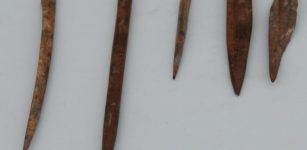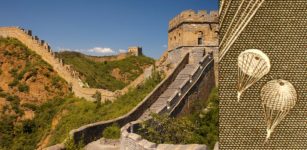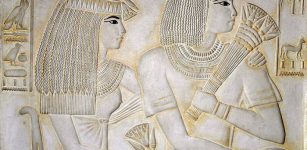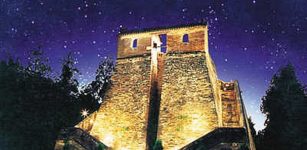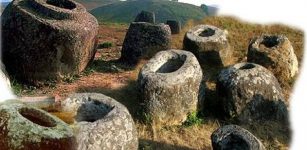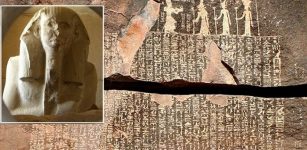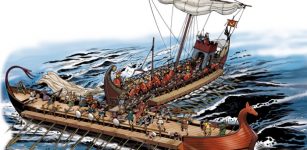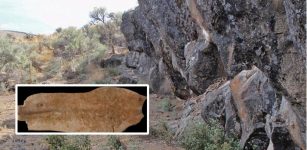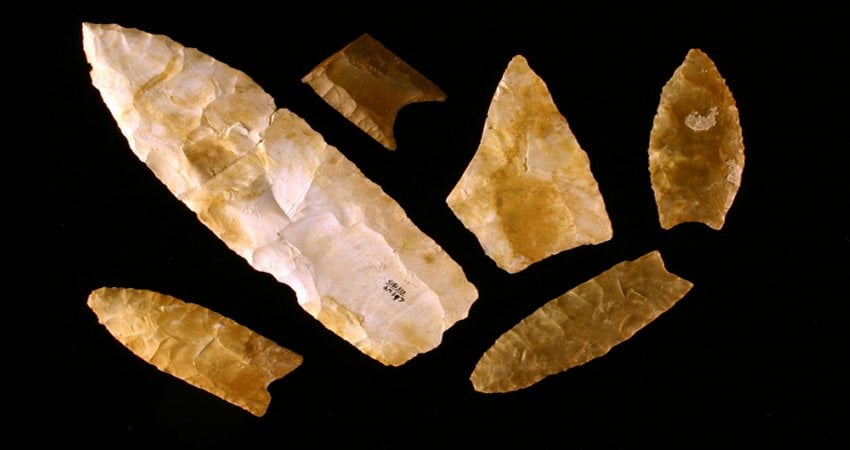Viking Funeral Traditions: Burning Ships, Complex Ancient Rituals And Incredible Up Helly Aa Festival
MessageToEagle.com – Ancient Viking funeral traditions and rituals were very complex.
The Vikings had no religion but they had customs, practices and beliefs. As in many other ancient civilizations, Vikings developed a highly class conscious and hierarchical society. Many relics in ancient tombs reveal that the type of burial a Viking received depended on his importance in the society. When a Viking died he could either be buried or burned.
Vikings originated from present day Denmark, Norway and Sweden and their burial customs depended on the region where they lived.
Vikings Were Burned Or Buried
Before the age of Christianity, when Vikings still worshipped pagan gods it was common to bury a Viking along with his belongings, often lying in a boat or a wagon to make the journey to the next world easier. People believed the deceased person would need certain objects in the afterlife.
Based on discovered archaeological evidence it seems that the funeral boat or wagon was a practice which was reserved for the wealthy.
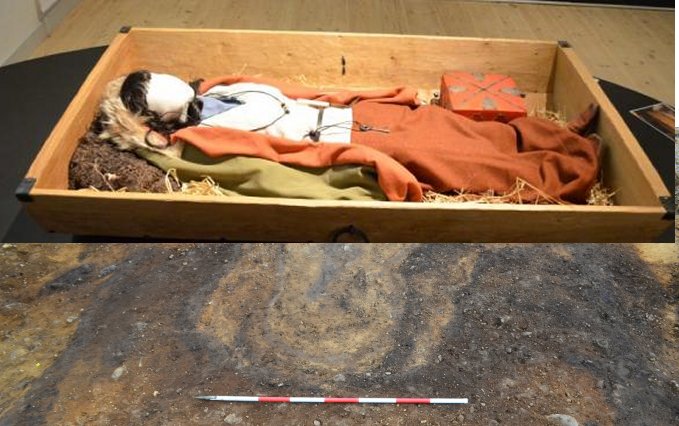
Another option was that the Viking was burned and cremation was rather common during the early Viking Age. Ashes were later spread over the waters. The vast majority of the major burial finds throughout the Viking world are cremations.
Ship Burial Was Reserved For Great Viking Warriors
A great Viking warrior received a ship burial. This involved placing the deceased on the ship, sail him out to sea and set the Viking ship on fire.
This type of burial was not common however, and was likely reserved for sea captains, noble Vikings and the very wealthy. In Old Norse times, boats proper boats took several months to construct and would not have been wasted without a valid cause or a suitable amount of status.
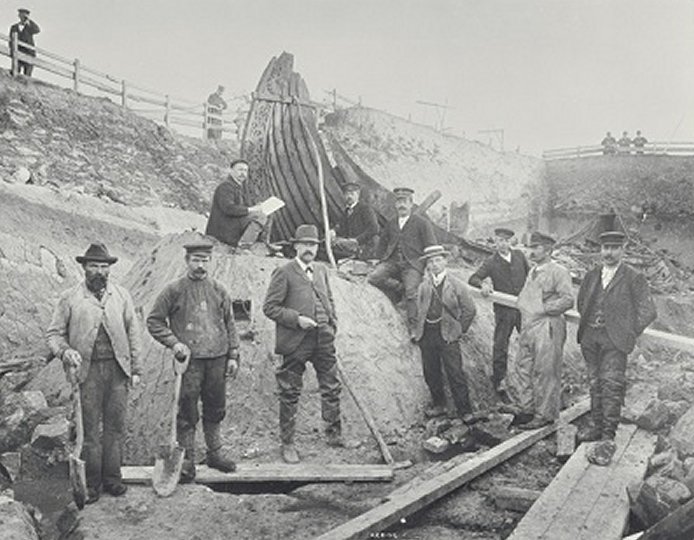
Photo: Museum of Cultural History (Photographer: Væring)
There are several intriguing archaeological discoveries that shed more light on ancient Viking burial customs. For example, one of the most important archaeological finds of the 20th on Orkney Island is the Scar Dragon Plaque, an artifact that testifies to the skills of the unknown Viking craftsman, who made it. It was discovered at the site where archaeologists unearthed a Viking boat burial at the site.
Although all wood of the boat had rotted away, the marks left in the sand by over 300 rusted iron rivets marked out the shape of the vessel that had carried its occupants to the Viking otherworld.
The discovery of the Gokstad Viking ship and the mysterious and unknown Viking Chief is also very interesting. The Gokstad ship was accidentally discovered by two curious young boys who began to dig into the mound, to see if they could find anything interesting.
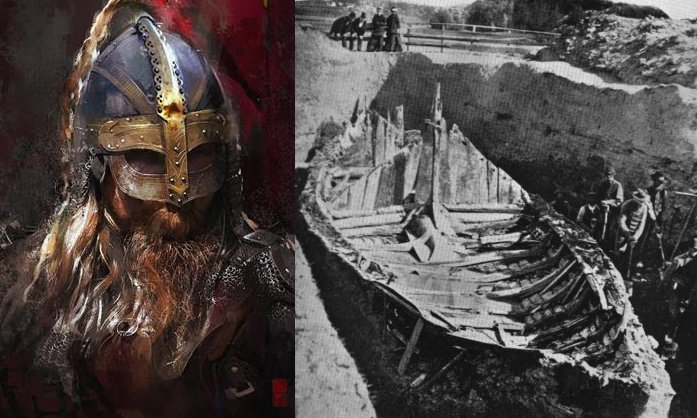
What they found caused a sensation in Norway. On board the ship was a dead man. He was fully dressed and surrounded by a number of ancient artifacts such as a bronze kettle, runic inscriptions, a game board and a sleigh. It soon became clear that about the year 900 A.D. , a rich and powerful man died, and the Gokstad ship was used for his burial.
Incredible Up Helly Aa Festival – Experience A Viking Ship Burial In Modern Times
During the Up Helly Aa festival in Lerwick, Shetland Islands one can experience the sacrifice of a longship. The annual festival began in 1870. It celebrates the influence of the Scandinavian Vikings in the Shetland Islands. Shetland and neighboring island Orkney were ruled by the Norse for about 500 years until they became part of Scotland in 1468.
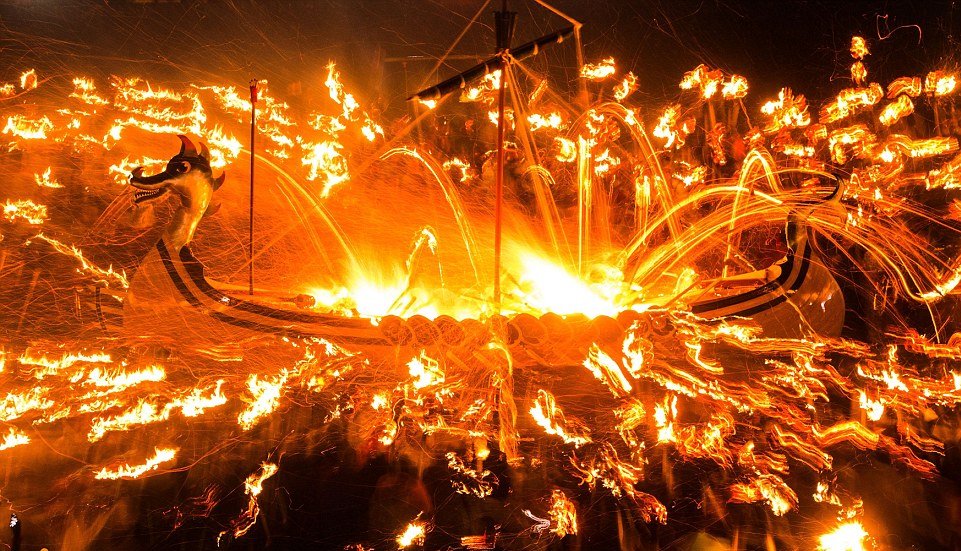
Up Helly Aa is an incredible experience that cannot be easily forgotten. Several thousand people work the whole year to organize this fantastic event that takes place on the last Tuesday of January each year.
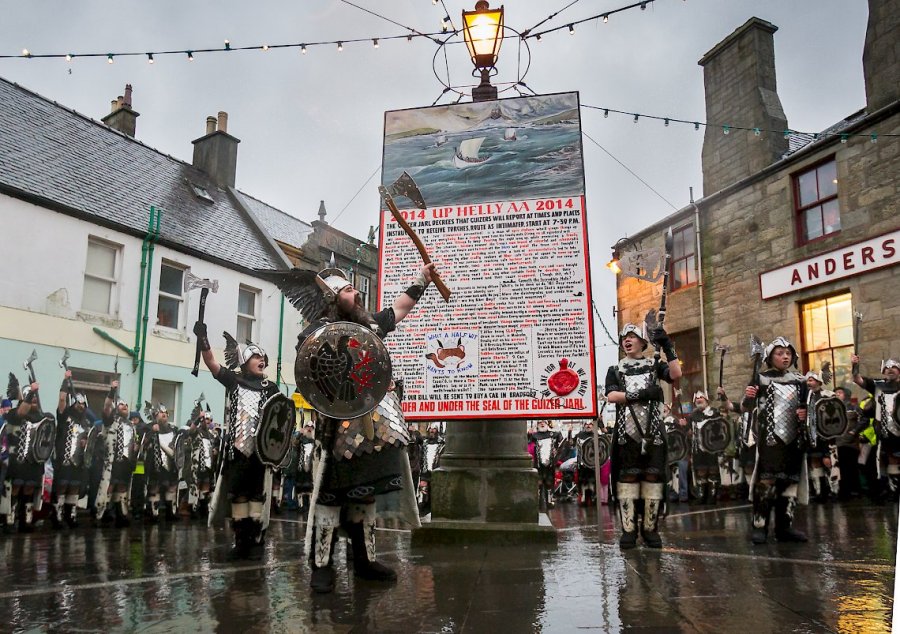
Hundreds of people dressed as Vikings march through the town in wind and rain to recreate its ancient past, in a tradition that dates back to the 1880s. People from all across the world come to the Shetland Islands to see this celebration.
See also:
Explore The Mysterious Ancient World Of The Vikings
Vikings Had Dark Humor And Joked Even During Deadly Battles
Viking Law And Order Was Based On The Thing System
3,000-Year-Old Viking Graves, Pit Houses And Ancient Artifacts Discovered At Silkeborg, Denmark
How Did Vikings Worship Their Gods?
Viking Burial Customs Changed When Christianity Took Over
Around the year 1,000, Christianity started to take over as main religion of the Vikings. Some Scandinavian countries accepted Christianity fast. By the mid-11th century, Christianity was well established in Denmark and most of Norway.
It took longer for Sweden to convert completely to Christianity. A temporary conversion took place in the early 11th century, but it was not until the mid-12th century that Christianity became established in Sweden.
As a result of Vikings’ conversion to Christianity, burial practices were changed. Cremation was no longer practiced as often and inhumation was more widely adopted.
First version of this article was originally published on November 23, 2016
Copyright © MessageToEagle.com. All rights reserved. This material may not be published, broadcast, rewritten or redistributed in whole or part without the express written permission of MessageToEagle.com
Expand for references
